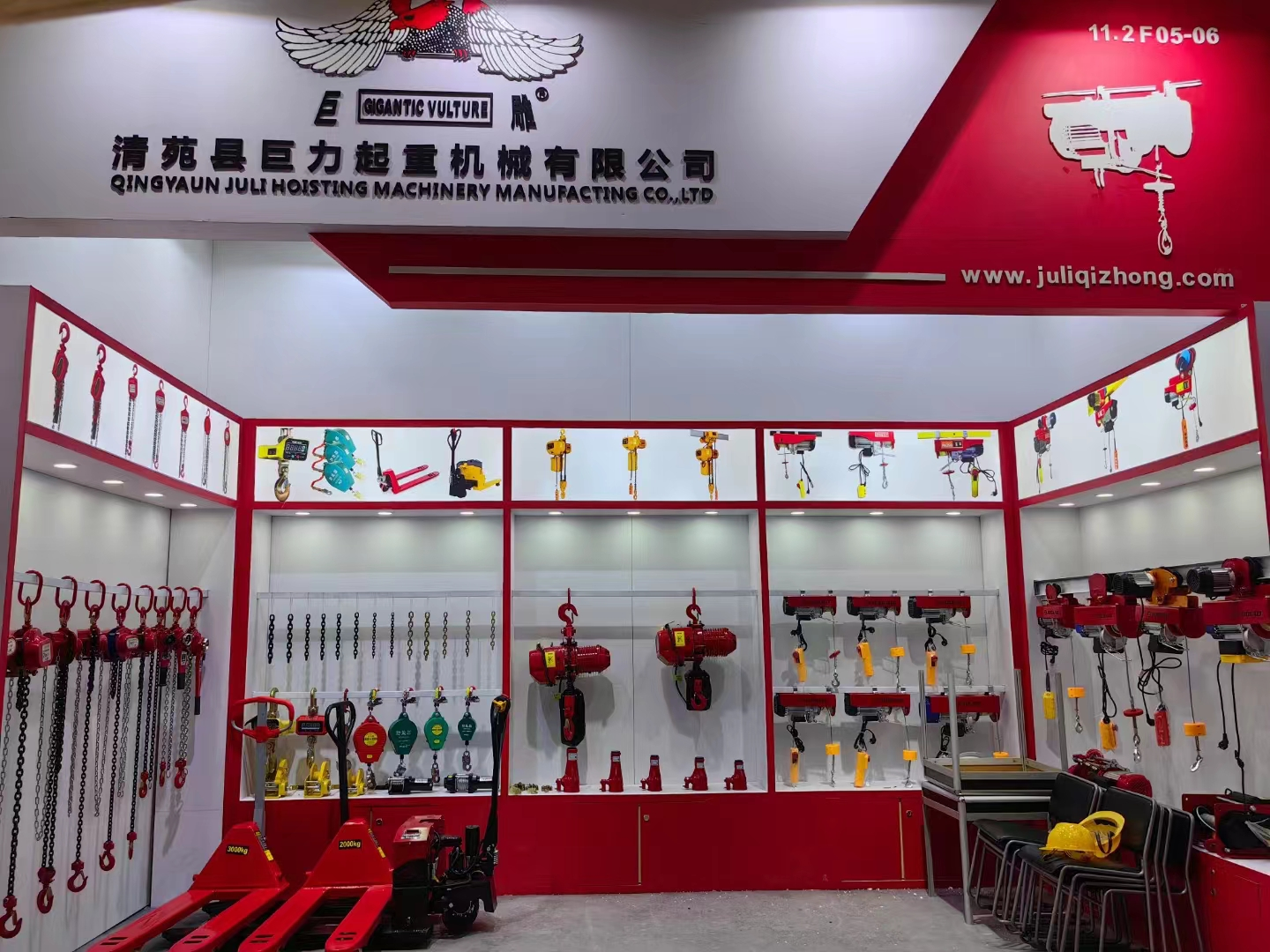


The Dynamics of Chain Block Lever Systems in Mechanical Engineering
Chain block lever systems exemplify the intricate interplay of physics, engineering principles, and practical applications in the field of mechanical engineering. These systems are primarily utilized for lifting heavy loads with minimal effort, showcasing the power of leverage and mechanical advantage.
At the heart of a chain block lever system is the lever itself. Leverage is a fundamental mechanical principle that allows a smaller force to lift a larger weight by distributing the force along a longer distance. This principle is governed by the law of the lever, articulated by Archimedes in ancient Greece, which states that the effort multiplied by the distance from the fulcrum is equal to the load multiplied by its distance from the fulcrum. In practical terms, this means that if you want to lift something heavy, you can use a lever to make the task easier.
A chain block, also known as a chain hoist or block and tackle, comprises a chain and pulley system designed to increase lifting efficiency. It consists of a block with one or more pulleys through which the chain runs. When the chain is pulled, it rotates the block's pulleys, thereby raising the load attached to the system. The mechanical advantage of a chain block lever system depends on the configuration of the pulleys the more pulleys involved, the greater the mechanical advantage, allowing heavier loads to be lifted with less applied force.

When setting up a chain block lever system, several factors must be considered to maximize efficiency and safety. First, the weight of the load must be accurately assessed. Overloading a chain block can lead to mechanical failure, posing significant safety risks. Additionally, the height at which the load needs to be lifted and the available space for maneuvering the system affects the configuration. The chain block system should also be securely anchored, ensuring stability and safety during operation.
Furthermore, the materials used in constructing a chain block lever system play a critical role in its operational efficiency and safety. High-strength materials are preferred to ensure that both the chain and the block can withstand the stresses involved in lifting heavy loads. Regular maintenance checks, including inspections for wear and tear, are essential to ensure the system functions correctly and safely over time.
In various industries, chain block lever systems are vital for tasks that require lifting, positioning, or lowering heavy materials. Construction sites extensively use them for hoisting building materials, while manufacturing facilities utilize them for handling heavy machinery parts. Furthermore, in an increasingly automated world, chain blocks are often integrated into conveyor systems and other automated machinery, enhancing overall efficiency.
In conclusion, chain block lever systems are indispensable tools in mechanical engineering, combining the principles of leverage with advanced materials and design. Their ability to lift heavy loads efficiently while minimizing manual effort underscores the importance of understanding basic physics in the engineering domain. As technology continues to evolve, the design and application of chain blocks will undoubtedly advance, offering even greater efficiency and safety in lifting operations across various industries. Understanding and applying the principles of these systems not only underscores the significance of mechanical advantage but highlights the role of innovative engineering in solving complex problems.



